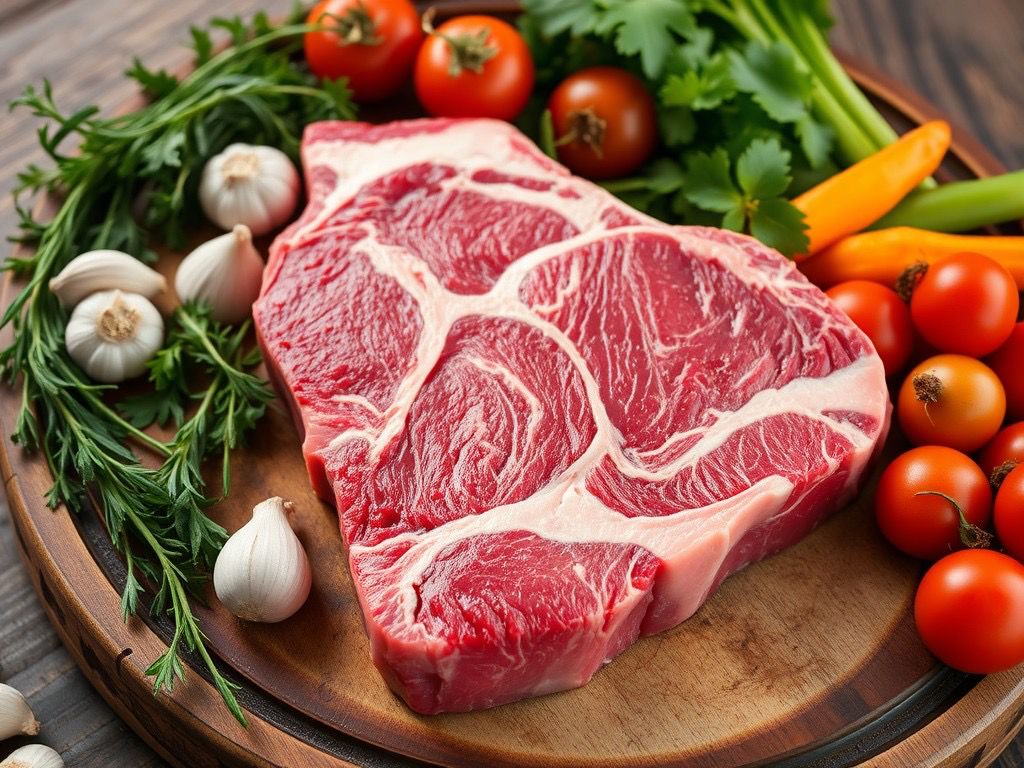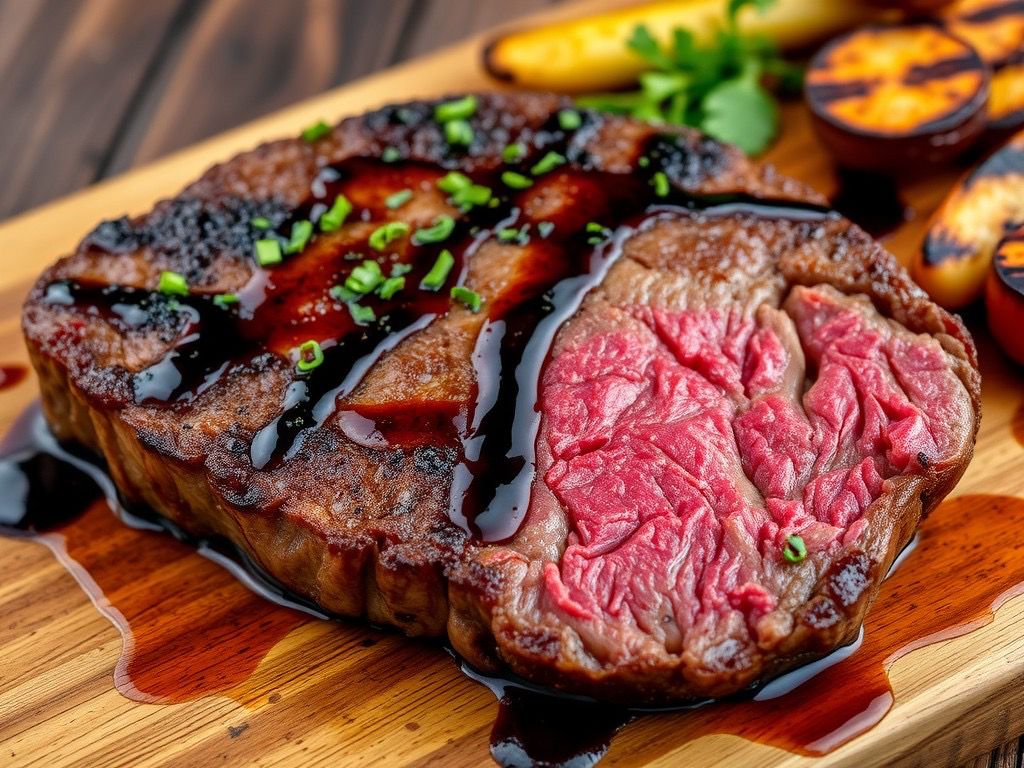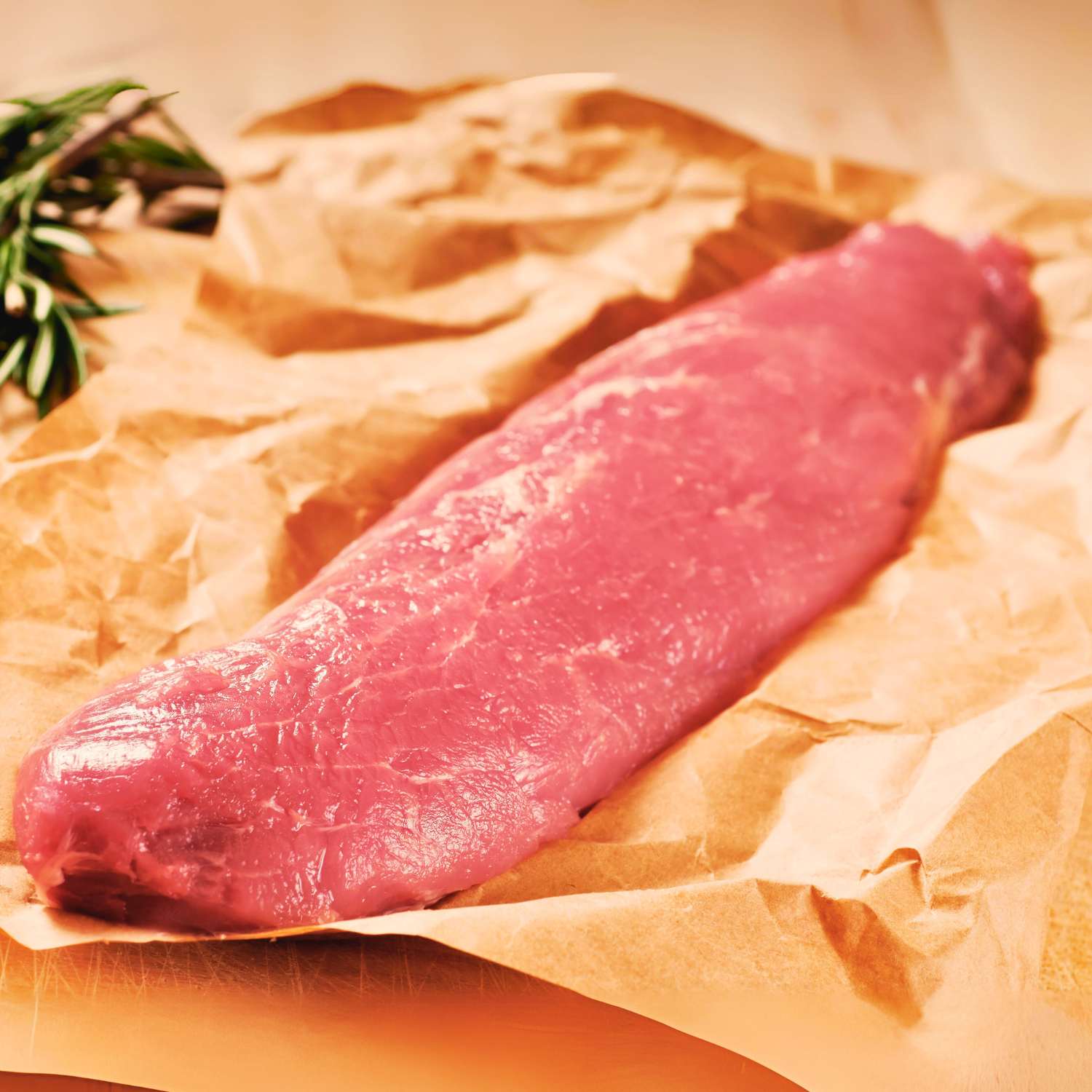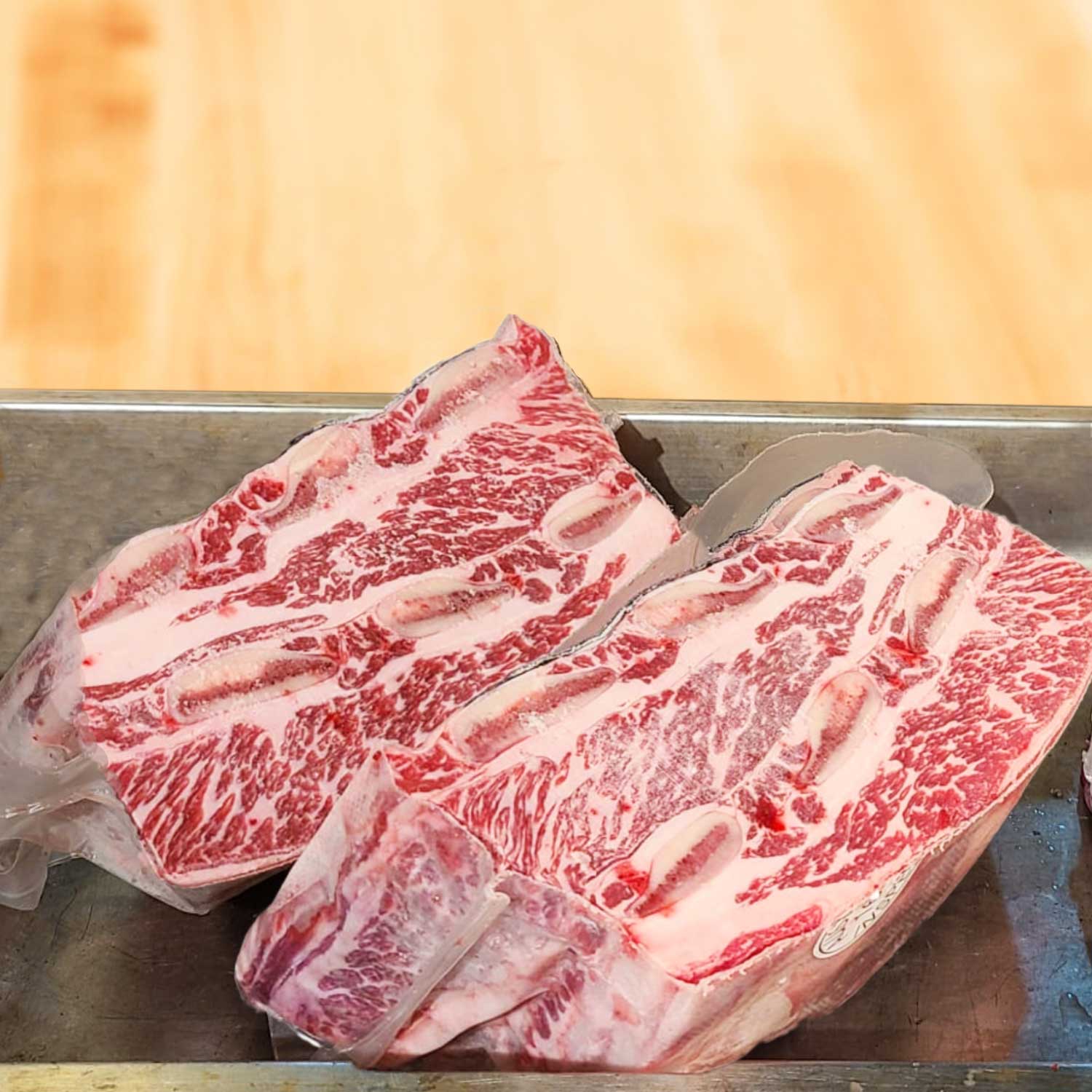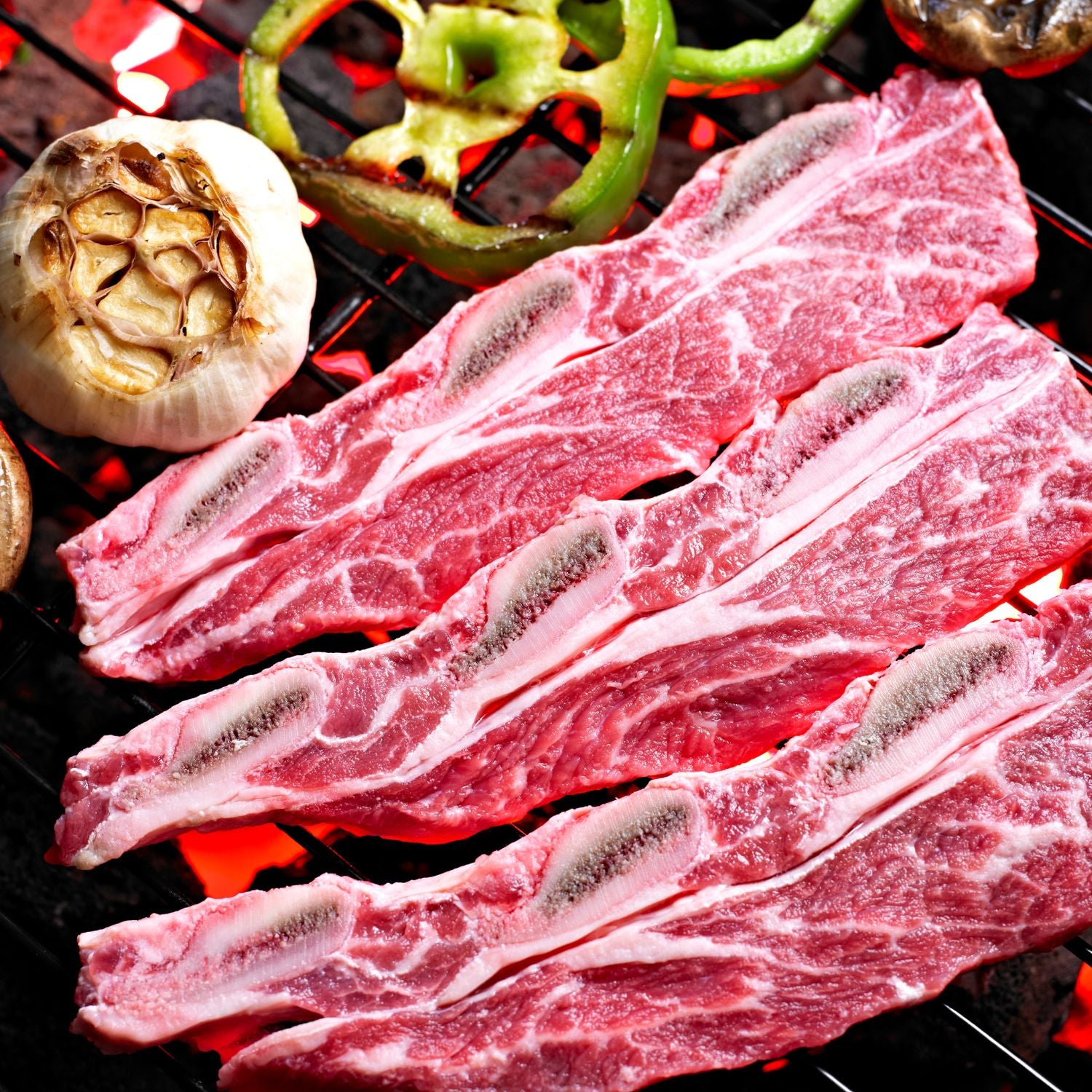Understanding Beef Cuts for Grilling
The Anatomy of Beef: Different Cuts and Their Features
To grill beef like a pro, you must know the cuts. Beef is divided into sections: chuck, rib, loin, and round. Each part varies in taste and tenderness. Chuck is flavorful but tough, best for slow cooking. Rib cuts, rich with marbling, are perfect for grilling. The loin gives us tender steaks like filet mignon, while round cuts are lean, less juicy, and need careful cooking to stay tender. Knowing these will help you choose the best for your grill.

Selecting the Right Beef Cut for Your Grill Type
Matching the right beef cut with your grill type is key for great results. Not all grills are the same. Charcoal grills get hotter than gas ones. This means some cuts cook better on them. For example, thick cuts like ribeye are perfect for charcoal. They can handle the high heat. Gas grills are less hot. They're good for cuts like sirloin or tenderloin. These cuts cook fast with even heat. Remember to check your grill's features. Pick beef cuts that suit its heat level for the best taste.
Expert Tips on Beef Cuts That Are Best for High Heat
When grilling beef on high heat, choose cuts that are both tender and flavorful. Grilling masters often recommend these:
- Ribeye: Rich in marbling, perfect for searing.
- Strip Steak: Known for its fine texture, suitable for quick cooking.
- T-Bone: Offers two kinds of meat, with a bone in the middle that retains heat.
- Skirt Steak: Thin, with intense beefy flavor, ideal for fast, high-heat grilling.
Opt for cuts about 1 inch thick to ensure a juicy middle and crispy exterior. Let the beef rest after grilling to redistribute juices evenly.
Preparing Beef for the Grill
Marinating Basics: Enhancing Flavor and Tenderness
Marinating is key to tasty, tender beef for your outdoor grill. Here's how:
- Choose an acid like lemon juice or vinegar to break down tough fibers.
- Mix in oils such as olive or canola to coat and moisten the meat.
- Add herbs and spices for flavor boost. Think garlic, rosemary, or pepper.
- Let the beef soak in this mix. A few hours for thin cuts, overnight for thick ones.
- Pat the beef dry before it hits the grill. This helps create a great sear.
Remember, patience adds to the perfection. Happy marinating!
To Season or Not to Season: A Guide to Beef Prep
Seasoning beef can make or break your grill feast. To season, use salt, pepper, and spices you like. Don't forget garlic and onion powder for extra taste. You can keep it simple or mix your own spice blend. Just remember to season early. This gives the beef time to absorb flavors. If you skip this step, your beef might taste bland. Season both sides for an even taste. The right amount makes a big difference. Try not to overdo it. Happy grilling!
The Impact of Alcohol in Beef Marinades and Rubs
Alcohol plays a dual role in beef marinades and rubs. It acts as a flavor enhancer and a tenderizer. When alcohol is part of a marinade, it breaks down tougher proteins in the beef, making it more tender. This is especially useful for grilling tougher cuts. Alcohol also helps in carrying the flavors of herbs and spices deeper into the meat. Popular choices include red wine for its richness, beer for a malted taste, and whiskey for a smoky flavor. However, caution is needed. Too much alcohol can over-tenderize the beef, making it mushy. A good balance is key. Here's a simple guide:
- Use about 1/4 cup of alcohol for every cup of marinade.
- Let the meat soak for several hours, but not too long. Overnight can be too much for some cuts.
- Burn off the alcohol by cooking, so only the flavors remain. This step also ensures the beef is safe for all to enjoy.
Mastering the Grill for the Perfect Beef
Grilling Techniques for Succulent Beef
When aiming for succulent beef, grilling techniques matter. Start with a clean, hot grill to avoid sticking. Preheat for about 10-15 minutes. Searing meat on high heat locks in juices. Then, lower the heat to cook evenly without burning. Use a meat thermometer to ensure the right doneness — 145°F for medium-rare, 160°F for medium. Don’t flip the beef too often; once or twice is enough. Let it rest before serving for juiciness. These simple steps yield perfect grilled beef every time.
Pairing Drinks: How to Complement Your Grilled Beef with the Right Alcohol
Choosing the right drink to go with your grilled beef matters. It can lift the meal. Think about the beef's flavor and richness. Match it with alcohol that balances or enhances it. Here are simple tips:
- Bold Reds for Rich Cuts: A full-bodied red wine pairs well with steaks. Try a Cabernet Sauvignon.
- Light Whites for Leaner Cuts: A light white wine suits less fatty beef. A Pinot Grigio is great.
- Beer for Smoky Flavors: A lager or amber ale complements smoky grilled beef.
- Whiskey for Boldness: A small glass of bourbon brings out the boldness in grilled meat.
Remember, it’s about what you enjoy. These are just guides to enhance the meal!
Safety Tips for Outdoor Grilling with Beef
Grilling beef outdoors can be a delight, but safety is key. Here are some tips:
- Always clean your grill before use to prevent flare-ups.
- Keep a fire extinguisher or baking soda nearby for emergency use.
- Never leave the grill unattended, especially if children or pets are around.
- Use long-handled tools to avoid burns.
- Ensure your grill is stable on a flat surface to prevent tipping.
- Check the beef's internal temperature with a thermometer for safe consumption.
- Allow the grill to cool completely before cleaning or covering it.
Follow these safety guidelines to enjoy your grilled beef without any mishaps.









